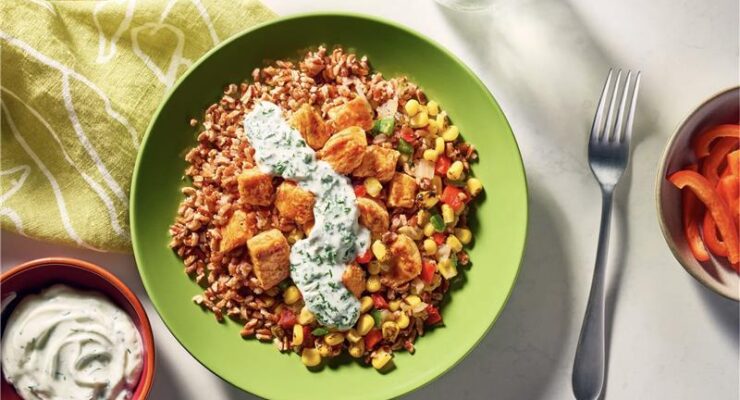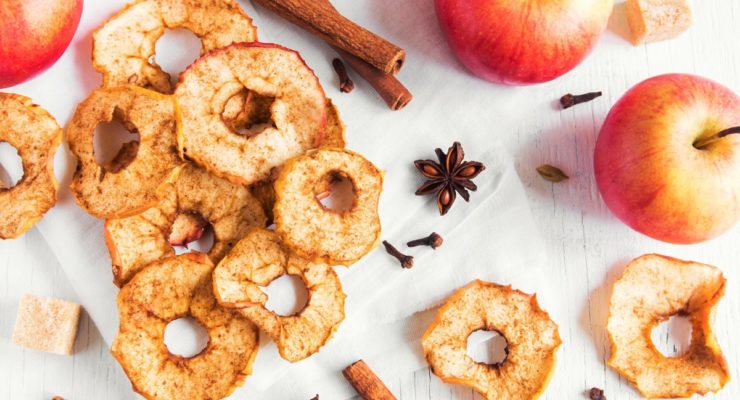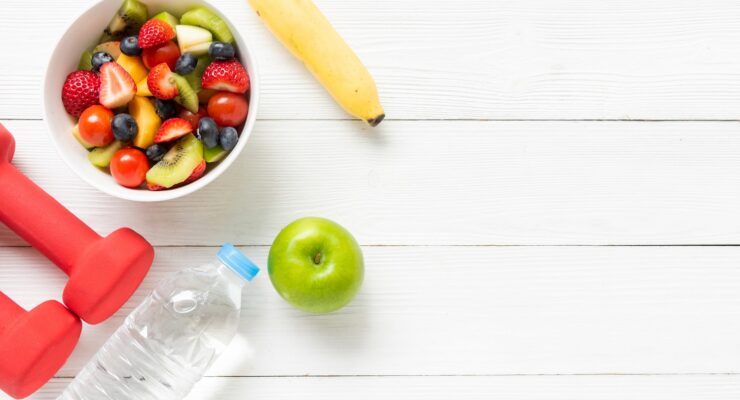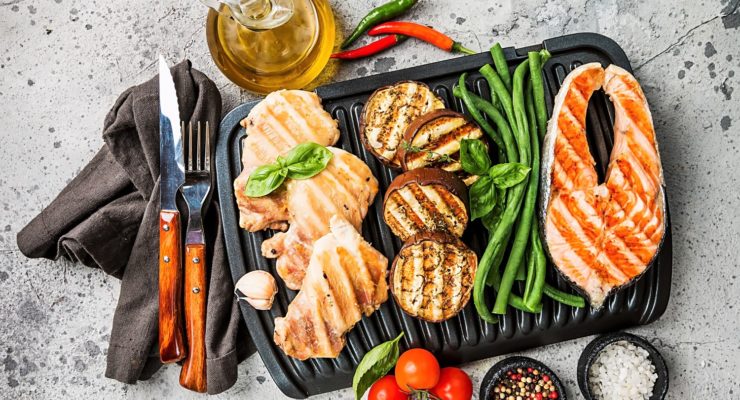6 Simple Ways to Cut Back on Salt
Article posted in: Lifestyle
Sodium is vital to many of your body’s functions, like using your muscles, sending nerve impulses, and regulating your fluid balance. Your body needs only about 500 milligrams of sodium a day, less than a quarter teaspoon of table salt, to handle these tasks.
99 percent of U.S. adults consume more sodium daily than the 1,500 milligrams recommended by the American Heart Association and 91 percent consume more than the RDA of 2,300 milligrams of salt, according to a survey by the Centers for Disease Control.
When your body has too much salt, it holds onto water to dilute the sodium, increasing the fluid in your blood vessels and can raise your blood pressure. Chronic high blood pressure, known as hypertension, can damage your heart, leading to cardiac arrest, strokes and more. Too much sodium in your diet also can cause belly bloat, thwarting your effort to lose weight and look slimmer.
Much of the extra sodium we consume comes not from the salt shaker, but rather it’s hidden inside many foods, even those we don’t think of as salty.
Here at Nutrisystem, we get the question about the sodium content in our foods quite often. The good news is, while the individual Nutrisystem meals and snacks vary in their sodium content, all of the Nutrisystem programs are designed to align with the USDA’s recommended daily intake of 2,300 mg of sodium or less for the general adult population (Dietary Guidelines for Americans, 2020 – 2025). The actual sodium level may vary based on which weight loss program you choose and which grocery food items you add to your diet plan.
If you would like to reduce your sodium intake, please contact your health care provider to determine if an adjusted meal plan is required. You can choose ‘Lower Sodium’ from our ‘Filter By’ menu option when customizing your Nutrisystem meal plan.
Whether or not you are on a Nutrisystem plan, you can reduce the salt in your diet with these strategies for eating smarter:
1. Check Labels
The nutritional label required on food packaging always lists the product’s sodium content. Before you buy, compare the sodium content on similar products and go for the one that is the least salty. High sugar content can hide the high sodium levels in products such as spaghetti sauce, salad dressings and even breakfast cereal.
2. Choose Fresh
Canned foods typically are loaded with sodium, but even frozen vegetables (especially those that contain added seasoning or sauces) can have a high salt content, too. Packaged meats, from bacon to turkeys, are salted to help preserve them. Look at the fine print on packaging for terms such as “broth,” “saline” or “sodium solution,” indicators of added salt. Better yet, buy fresh meats and produce, which have naturally low levels of sodium.
3. Go Free or Low
Many products in grocery stores are available in versions with less salt. Those labeled “sodium-free” contain fewer than five milligrams of sodium per serving and have no added salt. Reduced (or low) sodium products have at least 25 percent less sodium per serving than the standard product. Choose the lowest sodium products whenever possible to significantly reduce your salt intake.
4. Beware of Condiments
Ketchup and mustard can add a lot of extra salt to your food, even without you realizing it. Salsa, relish, soy sauce, pickles, olives and capers are other sneaky sources of sodium to use sparingly.
5. Spice Up
If you love food with lots of flavor, you can perk up the taste with seasonings that don’t contain salt. Try black pepper, garlic, cayenne and oregano, which add a salt-like flavor without increasing sodium content.
6. Grill or Roast
Cooking over an open flame brings out the natural flavors of vegetables, fish and meats, and imparts a smoky taste that can satisfy an urge for salt. Roasting in the oven intensifies flavors, so you enjoy the food without needing additional salty seasonings.












